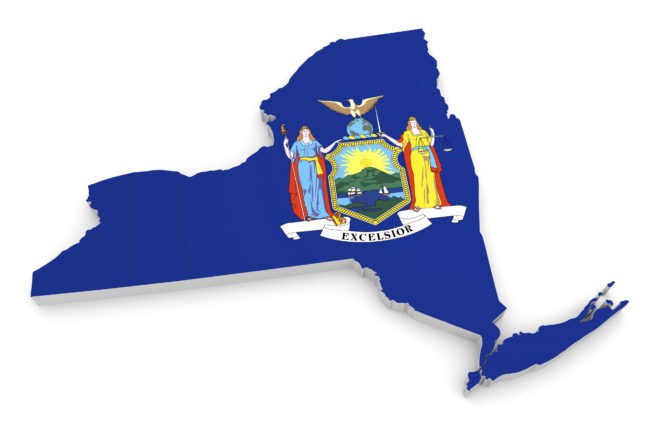In November, we reported on New Jersey’s adoption of the lowest Maximum Contaminant Limits (14 parts per trillion) for PFOAs (perfluorooctanoic acid) in the nation. And a few weeks ago, we reported on the New Jersey scientists that are urging the state to impose a strict limit of 13 ppt for perfluorooctane sulfonate (PFOS) as the level at which human health would be protected over a lifetime of exposure. Now we move to New York.
In September 2017, New York Governor Andrew Cuomo announced his appointees to the 12-member Drinking Water Quality Council (DWQC). Enacted as part of the FY2018 Budget, the DWQC will identify strategies to protect the quality of New York’s drinking water from emerging, federally-unregulated contaminants. While the budget required water systems to test for PFOA, PFOS, and 1,4 dioxane, it will be the Council’s duty to review the science on these chemicals and provide guidance to the New York State Department of Health (NYSDOH) on setting MCLs for these contaminants. As a refresher, MCLs are the drinking water standards set forth in the state sanitary code that water systems must achieve to be in compliance with regulations.
The DWQC has held two public meetings, the second focusing almost entirely on the task of setting an MCL level for PFOAs and PFOS. During the hearing, presenters from DOH and DEC discussed their Perflourinated Chemicals (PFC) survey intended to identify entities, including those that use firefighting foam (fire departments, airports, bulk storage facilities, fire training centers), that may have manufactured, used, stored, or disposed of products containing PFOA or PFOS. The outcome of the testing found that in addition to the known problems in Hoosick Falls and Petersburgh, seven other water systems were found to have PFOA/PFOS levels above the EPA’s Health Advisory Level of 70 ppt, including water systems near airports in Sullivan, Westchester, and Dutchess counties. They also sampled more than a thousand private wells in “targeted communities” across the state, which yielded nearly 250 private wells with detections of PFOS/PFOA above the EPA’s advisory level. The presenters made note that PFOA/PFOS are of concern for both surface and groundwater drinking sources, and that these chemicals are “persistent and can travel distances from a source in both surface water and groundwater.”
Following the presentations, residents, including the mayor of Hoosick Falls, urged the DWQC to adopt an MCL below the current federal guidance of 70 ppt — with the mayor even saying, “Anything higher than 20 parts per trillion will be a misstep.”
It certainly appears that New York will soon follow the Garden State’s lead in adopting an MCL for PFOA and PFOS, but further information is being pursued by the DWQC. Currently, the DWQC does not have any future meetings scheduled, but we’ll report back once further information is offered.

